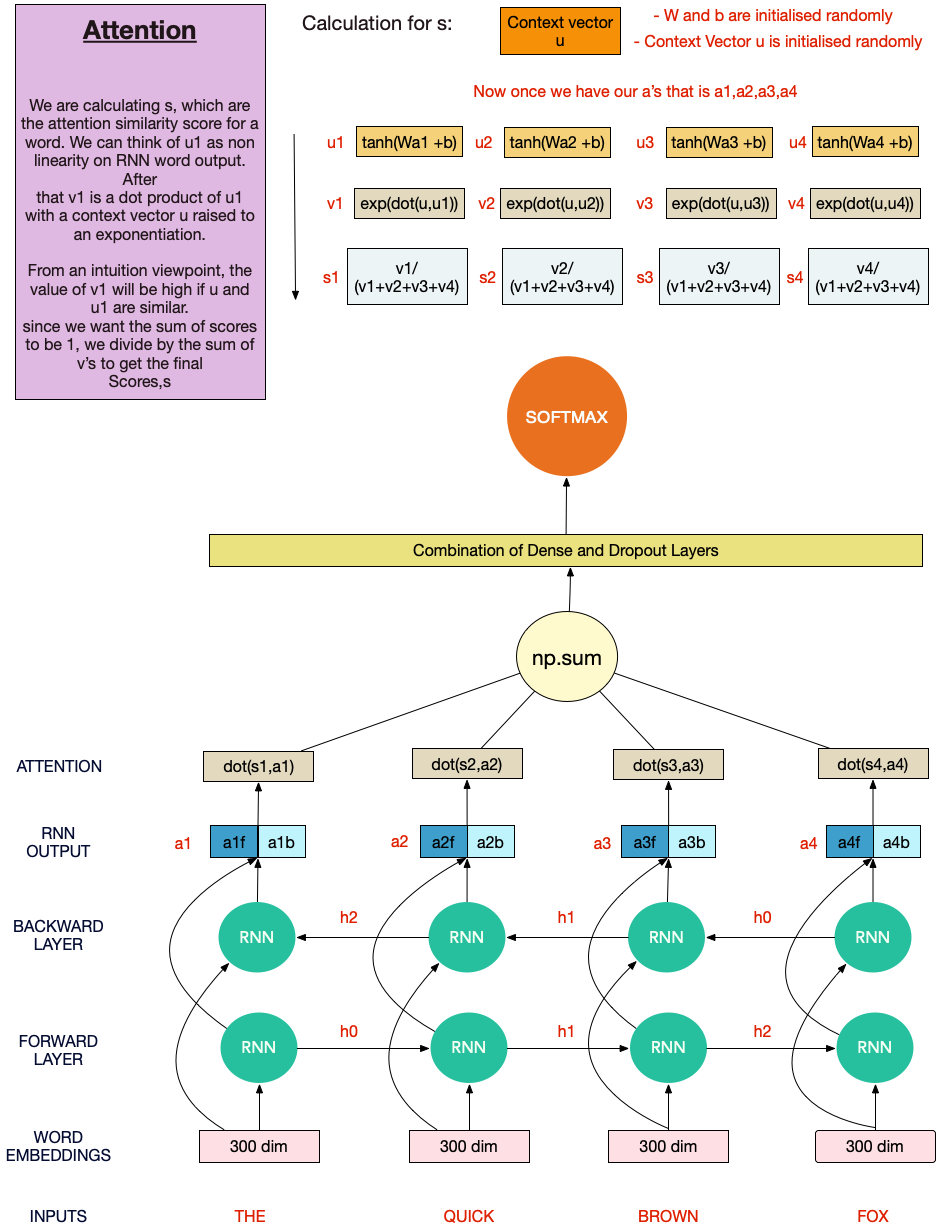
With the problem of Image Classification is more or less solved by Deep learning, Text Classification is the next new developing theme in deep learning. For those who don’t know, Text classification is a common task in natural language processing, which transforms a sequence of text of indefinite length into a category of text. How could you use that?
Source: mlwhiz.com
Red Hat’s Diane Mueller andSebastien Pahldive deep on the Kubernetes Operators at KubeCon 2018.
Source: redhat.com
Learn from hands-on labs to build proficiency with Vault 1.0, auto-unseal, Kubernetes, and other secrets management features.
Source: hashicorp.com
Thanos is a project that turns your Prometheus installation into a highly available metric system with unlimited storage capacity. From a very high-level view, it does this by deploying a sidecar to Prometheus, which uploads the data blocks to any object storage. A store component downloads the blocks again and makes them accessible to a query component, which has the same API as Prometheus itself.
This works nicely with Grafana because its the same API.
Read more
Uber’s software architectures consists of thousands of microservices that empower teams to iterate quickly and support our company’s global growth. These microservices support a variety of solutions, such as mobile applications, internal and infrastructure services, and products along with complex configurations that affect these products at city and sub-city levels. To maintain our growth and architecture, Uber’s Observability team built a robust, scalable metrics and alerting pipeline responsible for detecting, mitigating, and notifying engineers of issues with their services as soon as they occur.
Read more
Istio Multicluster is a feature of Istio–the basis of Red Hat OpenShift Service Mesh–that allows for the extension of the service mesh across multiple Kubernetes or Red Hat OpenShift clusters. The primary goal of this feature is to enable control of services deployed across multiple clusters with a single control plane. The main requirement for Istio multicluster to work is that the pods in the mesh and the Istio control plane can talk to each other.
Read more
With datacenters spread across the globe, users are increasingly looking at ways to spread their applications and services across multiple locales or clusters. This need is driven by multiple use cases: from providing high availability, spreading load across multiple clusters while being resilient to individual cluster failures; to avoiding provider lock-in by using hybrid cloud … With datacenters spread across the globe, users are increasingly looking at ways to spread their applications and services across multiple locales or clusters.
Read more
As a first step toward encrypting the last portion of internet traffic that has historically been cleartext, we have partnered with Cloudflare DNS on a pilot project. This pilot takes advantage of the benefits of Transport Layer Security (TLS) — a widely adopted and proven mechanism for providing authentication and confidentiality between two parties over an insecure channel — in conjunction with DNS. This solution, DNS over TLS (DoT), would encrypt and authenticate the remaining portion of web traffic.
Read more
What is monitoring? As far as I can tell, it means different things to different people. But we more or less agree on the concept.
I think. Maybe. Let’s find out!
Source: nickcraver.com
Globally, there are approximately 1.3 million collision-related fatalities on the road every year. Crash fatalities are still the leading cause of death for people between 15-29 years old, impacting families, communities, and cities. Governments around the world are working to reduce the risks, committing more resources towards improving road safety.
At Uber, we want to do our part by committing the power of our technology to help make travel safer for everyone.
Read more